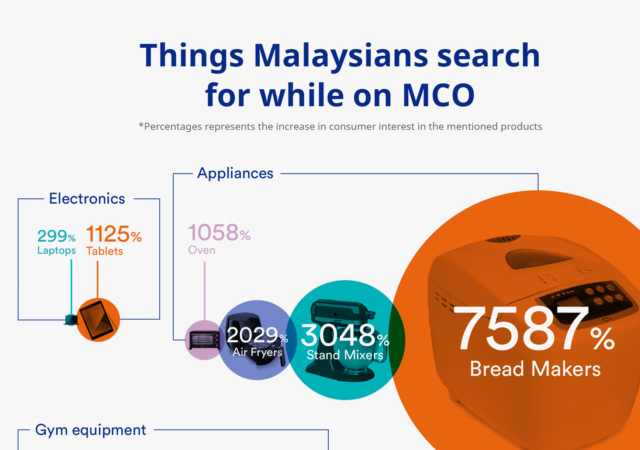Red Hat weighs in on the emerging trends that will define the technology landscape and help organizations thrive in 2021.
Malaysians Have Been Searching for Everything from Condoms to Yoga Mats during the COVID-19 Pandemic
Malaysians, like many others around the world, have been cooped up at home doing their best to contribute to ending the COVID-19 pandemic. However, it seems like staying at home has led to Malaysians turning to eCommerce for their necessities and some retail therapy.
[Cisco 2019 CISO Report] A Good Year For Malaysia
CISO stands for Chief Information Security Officer. From that description alone, we believe you would know what this report is about then. If you still do not; Cisco did a study for the cyber security field for 2019 by interviewing…






